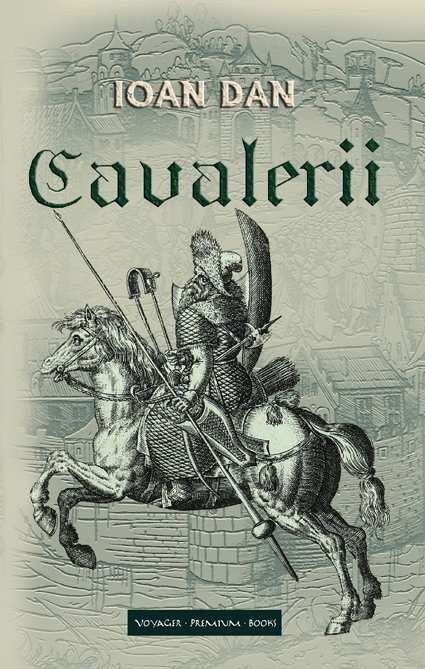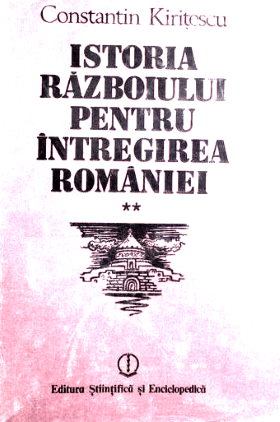Cărți «Ascensiunea și decăderea marilor puteri: transformări economice și conflicte militare din 1500 până în 2000 citește online PDF 📖». Rezumatul cărții:
[169] O. Hufton, Europe: Privilege and Protest 1730–1789, Londra, 1980, p. 155. Vezi şi NCMH, vol. 8, capitolul 10; Kann, History of the Habsburg Empire, capitolele 3 şi 5; mai general, E. Wangermann, The Austrian Achievement, New York, 1973, şi V.S. Mamatey, Rise of the Habsburg Empire 1526–1815, New York, 1971. Vezi şi comentariile foarte utile din Duffy, Army of Maria Theresa, passim.
[170] O. Hufton, op. cit., capitolul 7; Williams, Ancien Régime in Europe, capitolele 13–16; Wallerstein, Modern World System, vol. 2, pp. 255 şi urm.; F.L. Carsten, The Origins of Prussia, Oxford, 1954, passim., H. Rosemberg, Bureaucracy, Aristocracy and Autocracy: The Prussian Experience 1660–1815, Cambridge, Mass., 1958. De asemenea, există un studiu foarte bun al sistemului şi reformelor prusace în NCMH, vol. 7, capitolul 13.
[171] G. Graig, The Politics of the Prussian Army 1640–1945, Oxford, 1955, pp. 22 şi urm.; Duffy, Army of Frederick the Great, passim; T.N. Dupuy, A Genius for War: The German Army and German Staff, 1807–1945, Englewood Cliffs, NJ, 1977, pp. 17 şi urm.; P. Paret, Yorck and the Era of Prusian Reform, Princeton, NJ, 1961, passim.
[172] Pentru o analiză scurtă, dar utilă, vezi P. Dukes, The Emergence of the Super-Power: A Short Comparative History of the USA and the USSR, Londra 1970, capitolele 1–2.
[173] Citat după P. Bairoch, „International Industrialization Levels from 1750 to 1980”, Journal of European Economic History, vol. 11, nr. 2, primăvara 1982, p. 291. Vezi şi L.H. Gipson, The Corning of the Révolution 1763–1775, New York, 1962, pp. 13–18; R.M. Robertson, History of the American Economy, ed. a III-a, New York, 1973, p. 64.
[174] NCMH, vol. 7, capitolul 14, şi vol. 8, capitolul 11; Kochan şi Abraham, Making of Modern Russia, capitolele 7–9; Duffy, Russia’s Military Way to the West, passim’, P. Dukes, The Making of Russian Absolutism 1613–1801, Londra, 1982, passim; M. Falkus, The Industrialization of Russia 1700–1914, Londra, 1972, capitolele 2–3; M. Raeff, Imperial Russia 1682-1825, New York, 1971, passim; şi numeroasele comentarii despre ascensiunea Rusiei din M.S. Anderson, Europe in the Eighteenth Century, Londra, 1961, mai ales capitolul 9.
[175] A. de Toqueville, Democracy în America, 2 vol., New York, ed. 1945, p. 452; vezi şi pronosticurile din Dukes, Emergence of the Super-Powers, capitolele 1–3; H. Goliwitzer, Geschichte des weltpolitischen Denkens, 2 vol., Gôttingen, 1972, 1982, vol. 1, pp. 403 şi urm.; şi comentariul din W. Woodruff, America’s Impact on the World: A Study of the Role of the United States in the World Economy 1750–1970, New York, 1973.
[176] A.T. Mahan, The Influence of Sea Power upon History 1660–1783, Londra, ed. 1965, p. 29.
[177] Pentru aceasta, vezi Kennedy, The Rise and Fall of the British Naval Mastery, introducerea şi capitolele 3–5; M. Howard, The British Way în Warfare, Neale Lecture, University of London, 1974, passim; Jones, Britain and the World, capitolele 1–2 şi passim.
[178] D.E.C. Eversley, „The Home Market and Economic Growth în England 1750–1780”, în E.L. Jones şi G.E. Mingay (ed.), Land, Labour and Population of the Industrial Révolution, Londra, 1967, pp. 206–259; F. Crouzet, „Toward an Export Economy: British Exports during the Industrial Révolution”, Explorations în Economic History, vol. 17, 1980, pp. 48-93; P.J. Cain şi A.G. Hopkins, „The Political Economy of British Expansion Overseas, 1750–1914”, Economic History Review, seria a II-a, vol. 33, nr. 4, 1980, pp. 463–490.
[179] Fără a mai menţiona importanţa strategică a furniturilor navale baltice, pe care se bazau atât marina militară, cât şi cea comercială; o dependenţă reflectată în desfăşurarea periodică a flotei britanice la Marea Baltică, pentru a păstra balanţa de putere şi a permite fluxul liber de cherestea şi catarge pentru corăbii.
[180] Apud H. Richmond, Statesmen and Sea Power, Oxtbrd, 1946, p. 111; vezi mai multe detalii referitoare la această dezbatere strategică în R. Pares, „American versus Continental Warfare 1739–63”, English Historical Review, vol. 51, nr. 103, 1936, pp. 429–465; Wallerstein, Modern World System, vol. 2, pp. 246 şi urm.; G. Niedhart, Handel und Krieg in der britischen Weltpolitik 1738–1763, München, 1979, pp. 64 şi urm.
[181] L. Dehio, The Precarious Balance, Londra, 1963, p. 118.
[182] Aceste cifre – toate sunt aproximative – provin dintr-o varietate de surse, printre care Cipolla, Before the Industrial Révolution, p. 4; A. Armengaud, „Population în Europe 1700–1914”, în C. Cipolla (ed.), Fontana Economic History of Europe, vol. 3, 1976, pp. 22–76; NCMH, vol. 8, p. 714; B.R. Mitchell, European Historical Statistics 1750–1970, Londra, partea A; W. Woodruff, Impact of Western Man: A Study of Europe’s Role in the World Economy 1750–1960, New York, 1967, p. 104.
[183] L Corvisier, Armies and Societies in Europe 1494–1789, p. 113, oferă diverse cifre din Childs, Armies and Warfare in Europe 1648–1789, p. 42 – există diferenţe pe alocuri între cifrele oferite de ei şi datele din lucrările specifice privind armatele naţionale sau războaiele individuale.






